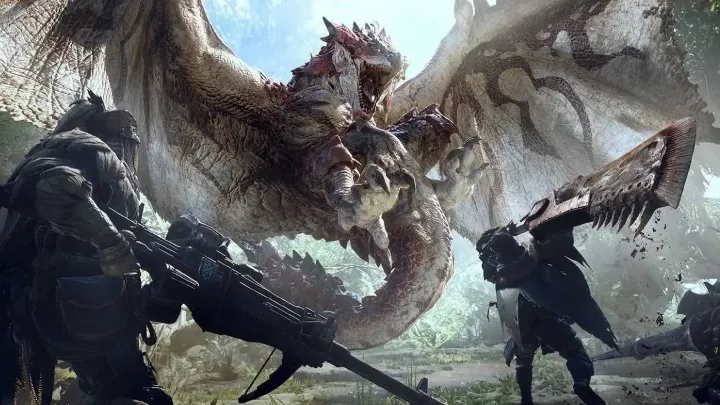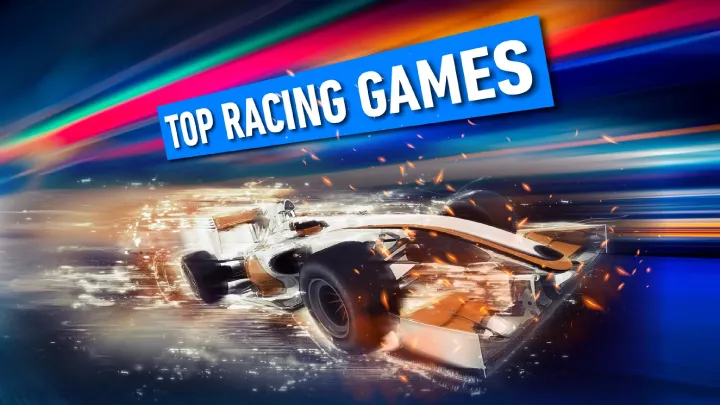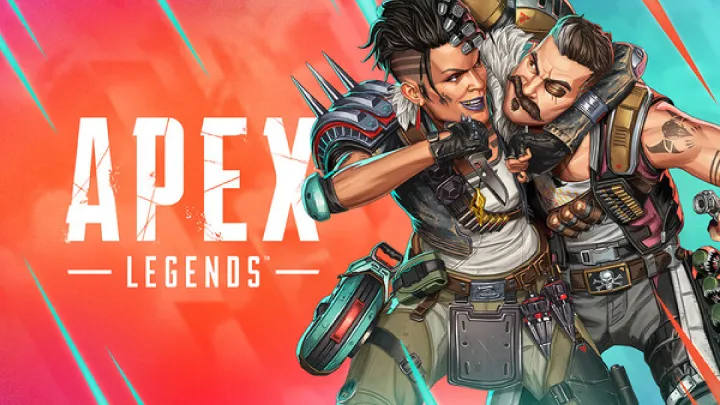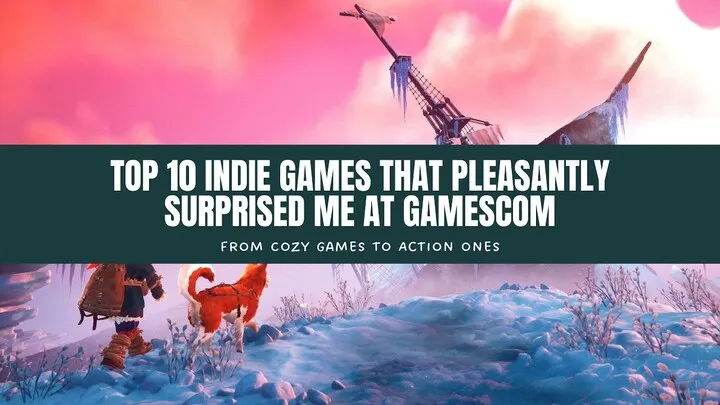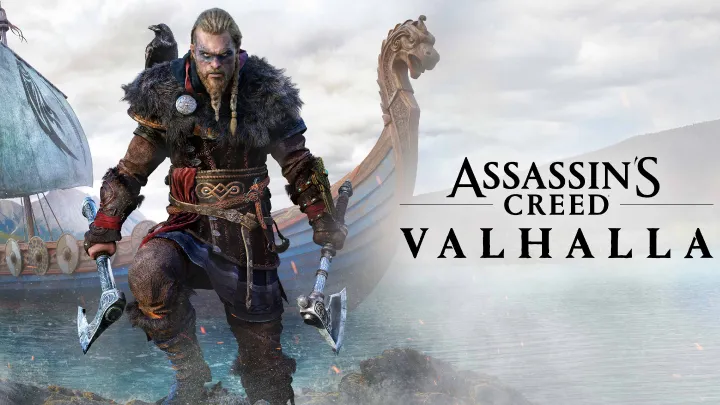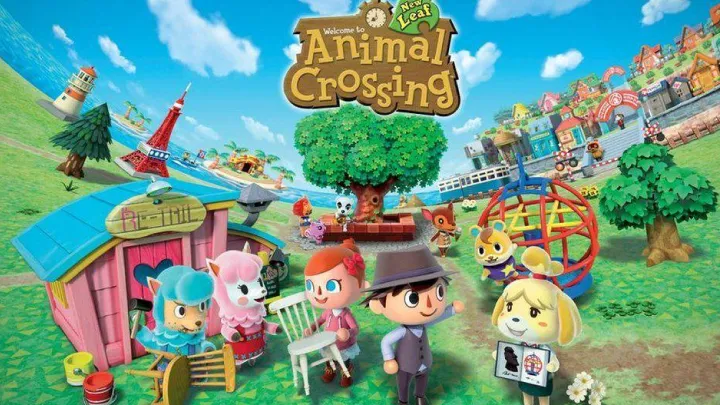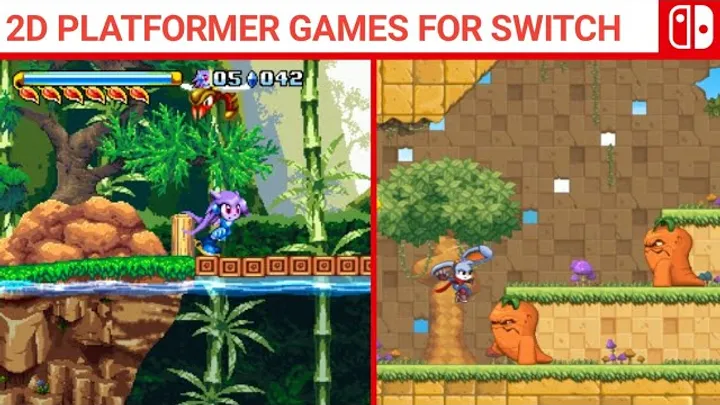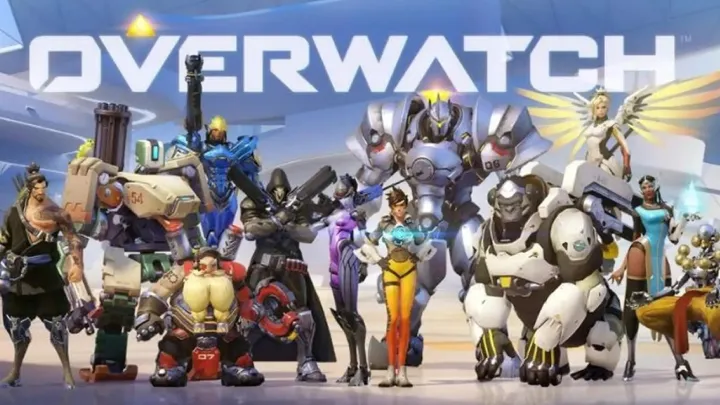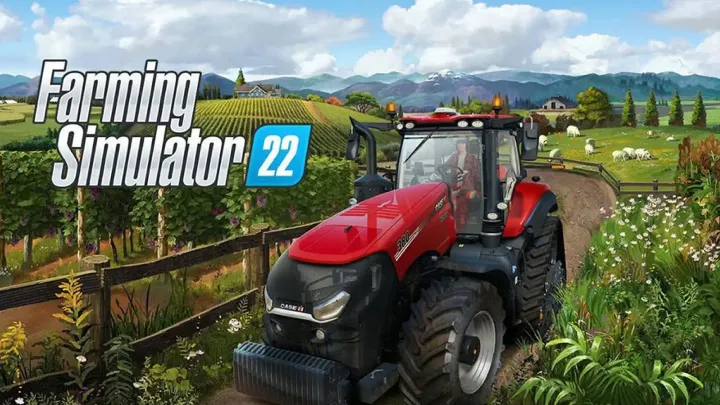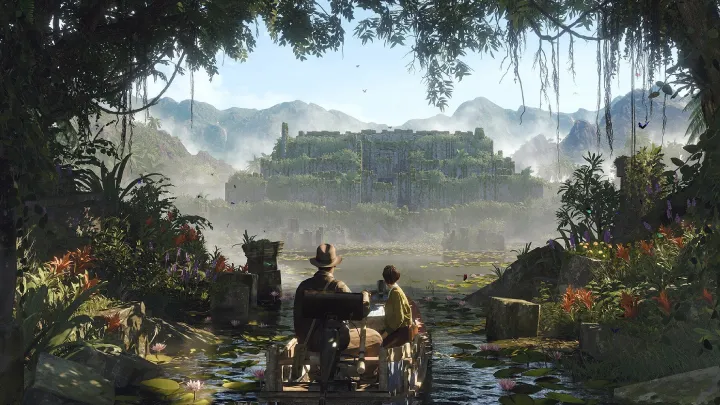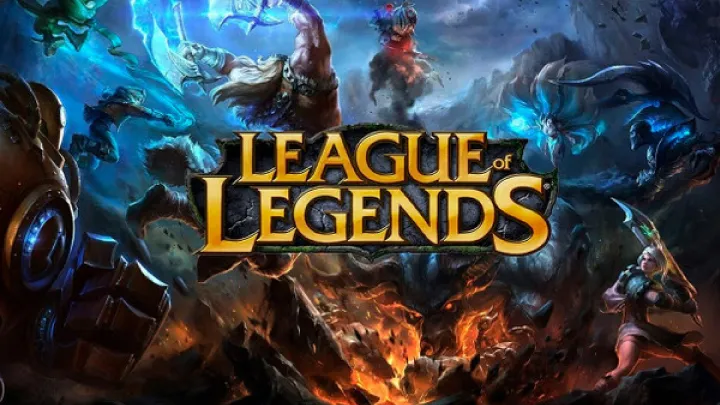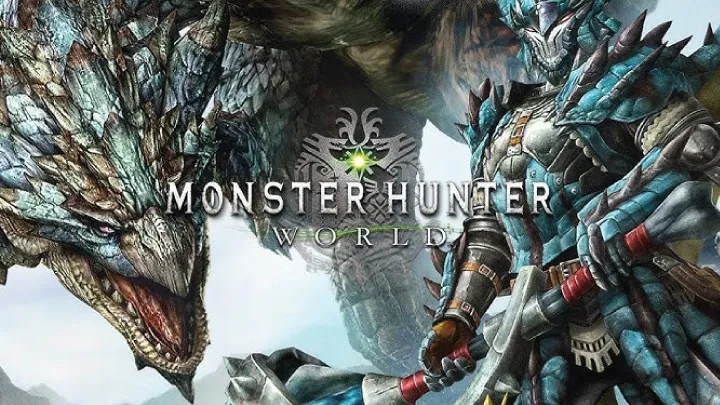
Monster Hunter World, developed by Capcom, has redefined the action RPG genre since its release in 2018. Set in a vibrant ecosystem filled with colossal monsters, the game emphasizes the importance of collaboration, strategy, and skill. While the thrill of hunting monsters is a core element, the deeper issue of collaboration among players—both in multiplayer and single-player modes—provides a rich layer of gameplay dynamics that significantly influences the overall experience. This article delves into the complexities of collaboration in Monster Hunter World, exploring its mechanics, implications, and impact on player interactions.
The Foundation of Collaboration: The Hunting Party
The Importance of Team Dynamics
In Monster Hunter World, players take on the role of hunters, tasked with tracking and defeating various monsters across the New World. The game shines in its multiplayer mode, where up to four players can join forces to take down formidable foes. The dynamics of a hunting party are crucial; each member brings unique skills and weapon types that can significantly alter the course of a hunt.
The importance of team dynamics becomes evident in the diverse weapon classes available to players. From the heavy-hitting Great Sword to the agile Dual Blades, each weapon offers distinct advantages and playstyles. Successful hunts often depend on players understanding their roles and collaborating effectively. For instance, a tank-like player with a Sword and Shield can absorb damage while others focus on dealing damage or supporting the team with healing items.
Communication: The Key to Success
Effective communication is essential for a successful hunting party. While the game supports voice chat, many players rely on emotes, item pings, and in-game gestures to convey strategies and coordinate actions. The ability to communicate effectively can make the difference between a triumphant hunt and a disastrous failure.
In Monster Hunter World, players often leverage the game's unique system of visual cues and alerts. For example, when a monster is enraged, it emits specific visual indicators that can be communicated to the team. Recognizing these signals allows players to adjust their strategies, whether it’s to prepare for an incoming attack or to capitalize on a monster’s vulnerable state. This shared knowledge fosters a sense of camaraderie, reinforcing the collaborative nature of the game.
The Role of Strategy: Planning the Hunt
Preparing for the Encounter
Before setting off on a hunt, players must prepare meticulously. This preparation involves choosing the right gear, gathering items, and crafting potions that will aid in the upcoming battle. The process of preparation is inherently collaborative; players often share resources and advice, ensuring that the team is well-equipped to face the challenges ahead.
The choice of weapons and armor is crucial in determining the strategy for the hunt. Players must consider the specific weaknesses of the target monster, such as elemental vulnerabilities or preferred attack patterns. For example, a team may decide to equip weapons that exploit a monster’s weakness to fire damage, while also ensuring that at least one member carries healing items to support the group. This strategic planning fosters collaboration, as each player contributes to the collective effort.
Adapting Strategies During the Hunt
Once the hunt begins, the dynamic nature of the battle requires hunters to adapt their strategies on the fly. As the monster engages with the party, it may change tactics, requiring players to communicate and adjust their approach. For instance, if a monster becomes mobile and begins to flee, the team must quickly decide whether to pursue aggressively or set traps to corner the beast.
The ability to adapt is where collaboration truly shines. Players who can read each other’s actions and react accordingly enhance the effectiveness of the team. For example, if one player successfully stuns the monster, others can capitalize on that moment to unleash heavy damage. This fluid interplay between players reflects the essence of collaboration, where individual actions contribute to the success of the group.
The Importance of Roles: Individual Contributions
Specialization Within the Team
In a well-coordinated hunting party, players often take on specific roles based on their weapon choices and playstyles. Specialization allows team members to focus on their strengths, maximizing the group’s overall effectiveness. For example, one player may take on the role of damage dealer, while another focuses on crowd control or support.
Each weapon class in Monster Hunter World has unique capabilities that can complement one another. A player wielding a Bow can provide consistent ranged damage while also applying status effects like paralysis or poison. Meanwhile, a Lance user can serve as a frontline tank, drawing the monster’s attention and mitigating damage for the rest of the team. This diversity of roles creates a balanced team dynamic, ensuring that every player has a meaningful contribution.
Supporting Each Other
The collaborative mechanics extend beyond just attacking the monster. Players often need to support each other through healing, reviving downed teammates, or providing buffs. Items like the Well Done Steak and Mega Potions can be shared among team members, emphasizing the importance of resource management and teamwork.
Furthermore, players can utilize environmental elements to their advantage. For instance, setting traps or utilizing the terrain to gain height can provide strategic benefits. When coordinated effectively, these tactics enhance the team’s ability to take down formidable monsters, reinforcing the idea that collaboration is essential for success.
The Challenges of Collaboration: Overcoming Obstacles
Dealing with Miscommunication
Despite the game’s focus on collaboration, miscommunication can pose significant challenges during hunts. Players may misinterpret signals or fail to convey strategies effectively, leading to confusion and potential failures. For example, if one player attempts to lure a monster into a trap without informing the rest of the team, it may result in a missed opportunity and wasted resources.
To combat this, players must develop a shared language and understanding of each other’s playstyles. Establishing clear communication protocols, such as designating specific roles beforehand or using consistent emotes, can help mitigate misunderstandings. While the game allows for individual expression, fostering a cohesive approach is vital for maintaining team synergy.
Navigating Different Skill Levels
Another challenge in collaborative gameplay is the disparity in skill levels among players. Monster Hunter World attracts a diverse player base, from newcomers to seasoned veterans. This variance can lead to frustration if more experienced players feel burdened by less experienced teammates or if newcomers struggle to keep up with the pace of the hunt.
To address this, experienced players often take on mentorship roles, guiding newcomers through the intricacies of the game. This collaborative mentorship not only enhances the experience for less experienced players but also fosters a sense of community within the hunting party. By sharing knowledge and strategies, players can elevate the overall skill level of the group, creating a more enjoyable hunting experience for everyone involved.
The Social Aspect: Building Community
The Hunting Party as a Social Network
Monster Hunter World encourages players to form hunting parties, leading to the development of social networks within the game. These networks often extend beyond the immediate gameplay experience, with communities forming around shared interests, strategies, and experiences. Players frequently use forums, social media, and in-game chat systems to connect, share tips, and organize hunts.
This social aspect adds another layer to the collaborative experience. Players who participate in community events or join clans can find camaraderie and support, enhancing their enjoyment of the game. The sense of belonging fosters a deeper connection to the game, as players feel invested in both their own progress and the collective achievements of their community.
Celebrating Achievements Together
Collaboration in Monster Hunter World culminates in shared achievements. Successfully taking down a challenging monster or completing a difficult quest can lead to a sense of accomplishment that is amplified when celebrated with friends. Players often share their victories, post screenshots of their hunts, and showcase rare loot obtained during their adventures.
These shared moments create lasting memories and reinforce the bonds between players. Collaborating on hunts fosters not just in-game relationships, but friendships that extend beyond the virtual realm. The joy of overcoming challenges together can lead to a vibrant community that thrives on cooperation and shared experiences.
The Evolution of Collaboration: Updates and Expansions
The Impact of Updates on Gameplay
Since its release, Monster Hunter World has received numerous updates and expansions, each adding new content and enhancing collaborative gameplay. The introduction of new monsters, quests, and gear has kept the community engaged and allowed players to explore new strategies for collaboration.
These updates often include new mechanics that further emphasize teamwork. For instance, the introduction of the Guiding Lands in the Iceborne expansion allows players to hunt in a shared environment, collaborating to gather resources and track monsters more effectively. This dynamic encourages players to work together, adapting to the evolving landscape and challenges presented by the game.
Expanding the Collaborative Experience
The expansions have also introduced new features that enhance the social aspects of collaboration. For example, the ability to create and join squads allows players to organize hunts more easily and engage with their community. These features promote sustained collaboration and foster a sense of belonging, making it easier for players to connect and coordinate their efforts.
Additionally, seasonal events and community challenges provide opportunities for players to work together toward common goals. Such events create a shared sense of purpose, reinforcing the idea that collaboration is integral to the Monster Hunter experience.
The Conclusion: A Collective Journey
The Essence of Collaboration
In Monster Hunter World, the theme of collaboration is woven into every aspect of gameplay, from the mechanics of hunting to the social interactions between players. The game emphasizes the importance of teamwork, communication, and strategy, challenging players to work together to overcome formidable challenges. As hunters traverse the treacherous landscapes of the New World, they are reminded that connection is essential not only for survival but also for personal growth and enjoyment.
A Lasting Impact
The collaborative nature of Monster Hunter World has left a lasting impact on its community. Players form bonds through shared experiences, celebrate achievements together, and support one another in their quests. This sense of camaraderie enriches the overall experience, making it more than just a game—it becomes a journey shared among friends and fellow hunters.
